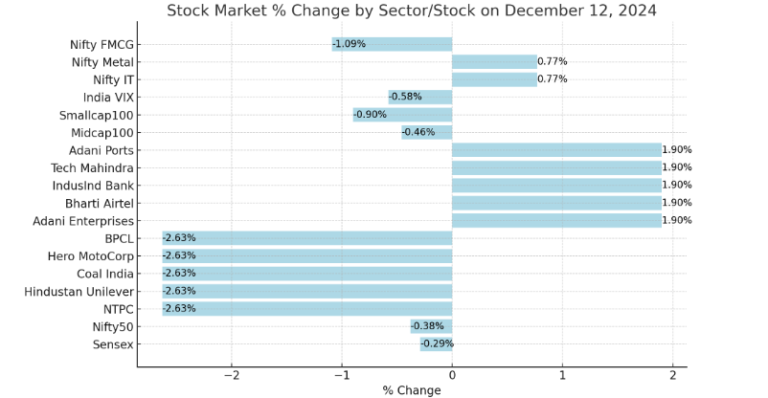OLED vs LED TV: Image Quality
OLED displays are renowned for their exceptional visual quality and deep blacks, thanks to each pixel emitting its own light. This capability allows for unlimited contrast ratios, resulting in vibrant, true blacks and enhanced image depth, particularly in darker environments. OLED screens also offer highly accurate, brilliant colors with excellent saturation.
In contrast, smart LED TVs are well-suited for brightly lit areas due to their high brightness levels. The LED backlighting illuminates the entire display, providing a uniformly bright screen. For example, Haier India offers a range of LED TVs such as the Haier LE55K6600GA, which delivers impressive brightness and clarity, making it ideal for well-lit rooms or even for use in outdoor settings. While LED TVs are ideal for outdoor signs and large displays, they may not match the deep blacks and contrast ratios of OLEDs due to potential light leakage. On the other hand, Haier India’s OLED TV offerings, such as the Haier 65C8000U, provide superior contrast and deeper blacks, thanks to the self-lighting pixels of OLED technology, making them a great choice for darkened environments where high contrast is crucial.

OLED vs LED TV: Longevity and Durability
OLED TVs use organic materials such as small molecules or polymers that emit light when an electric current is applied. However, these materials can deteriorate over time, which may lead to “burn-in” or “image retention” from static images. To address this, modern OLED displays incorporate technology such as Pixel shifting designed to minimize such issues.
In terms of physical durability, LED displays are generally more impact-resistant due to their robust construction and lack of organic components. On the other hand, OLED displays, being thinner and more flexible, are more susceptible to damage from pressure or bending.
When it comes to lifespan, LED displays have an advantage, utilizing backlighting with multiple LEDs that often last over 50,000 hours. This longevity makes them a reliable choice for long-term use and consistent performance in various applications.
OLED vs LED TV: Power Consumption
When comparing OLED and LED TVs, power consumption is a crucial factor. OLED displays have an advantage in this regard due to their unique design. Each pixel in an OLED screen emits its own light, allowing for precise control over power usage. Pixels can be completely turned off when displaying dark or black content, which leads to reduced power consumption.
This capability allows OLED displays to use less energy, especially when most of the content is dark or black. In contrast, LED screens require constant backlighting, which consumes more power regardless of the content being displayed. Although LED displays have improved in energy efficiency over time, OLED screens generally offer better power efficiency and lower overall energy consumption.
OLED vs LED TV: Pricing
OLED displays tend to be more expensive than LED screens due to the complex manufacturing processes and the use of organic materials, which result in smaller production runs. In contrast, LED technology is more established, allowing for higher production yields and reduced costs. As a result, LED displays are more affordable and commonly used in a wide range of applications, including TVs, monitors, signs, and lighting fixtures.
If you’re considering purchasing an OLED or LED TV, be sure to evaluate these factors before making your decision. Brands like Haier offer a diverse range of television models with LED and OLED screen technology, designed to cater to varied consumer preferences and budgets. For example, the Haier C11 OLED TV delivers stunning visuals with its vibrant colors and deep blacks, showcasing the superior performance of OLED technology. Overall, whether you’re interested in the impressive contrast and rich hues of the Haier C11 OLED or the brightness and versatility of LED displays, Haier has options to meet your needs.


+ There are no comments
Add yours